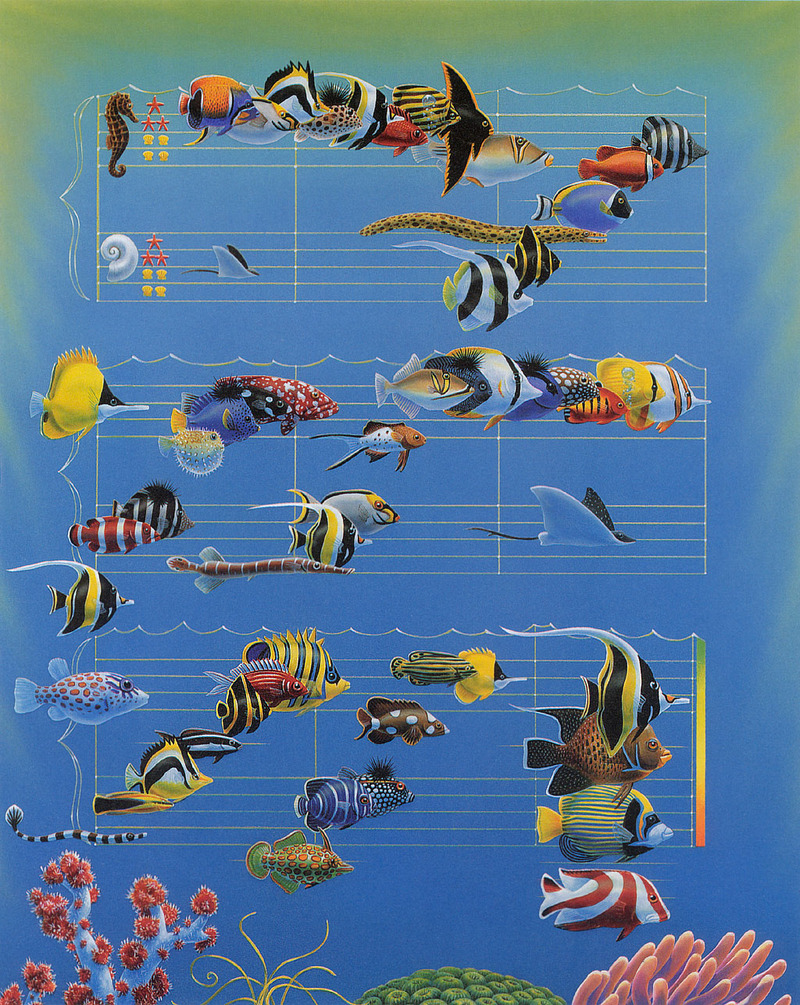|
| 질의: Fishes | 결과: 1300번째/13223 | |
[FlowerChild scans] Painted by Charles Lynn Bragg, 'Wild Lives' - Musical Fish
| 제목: | [FlowerChild scans] Painted by Charles Lynn Bragg, 'Wild Lives' - Musical Fish
| |

| 해상도: 1024x1286
파일크기: 493677 Bytes
등록시간: 2005:04:15 22:55:12
|
[FlowerChild scans] Painted by Charles Lynn Bragg, 'Wild Lives' - Musical Fish |
^o^
동물그림창고 똑똑전화 누리집
^o^
|
|